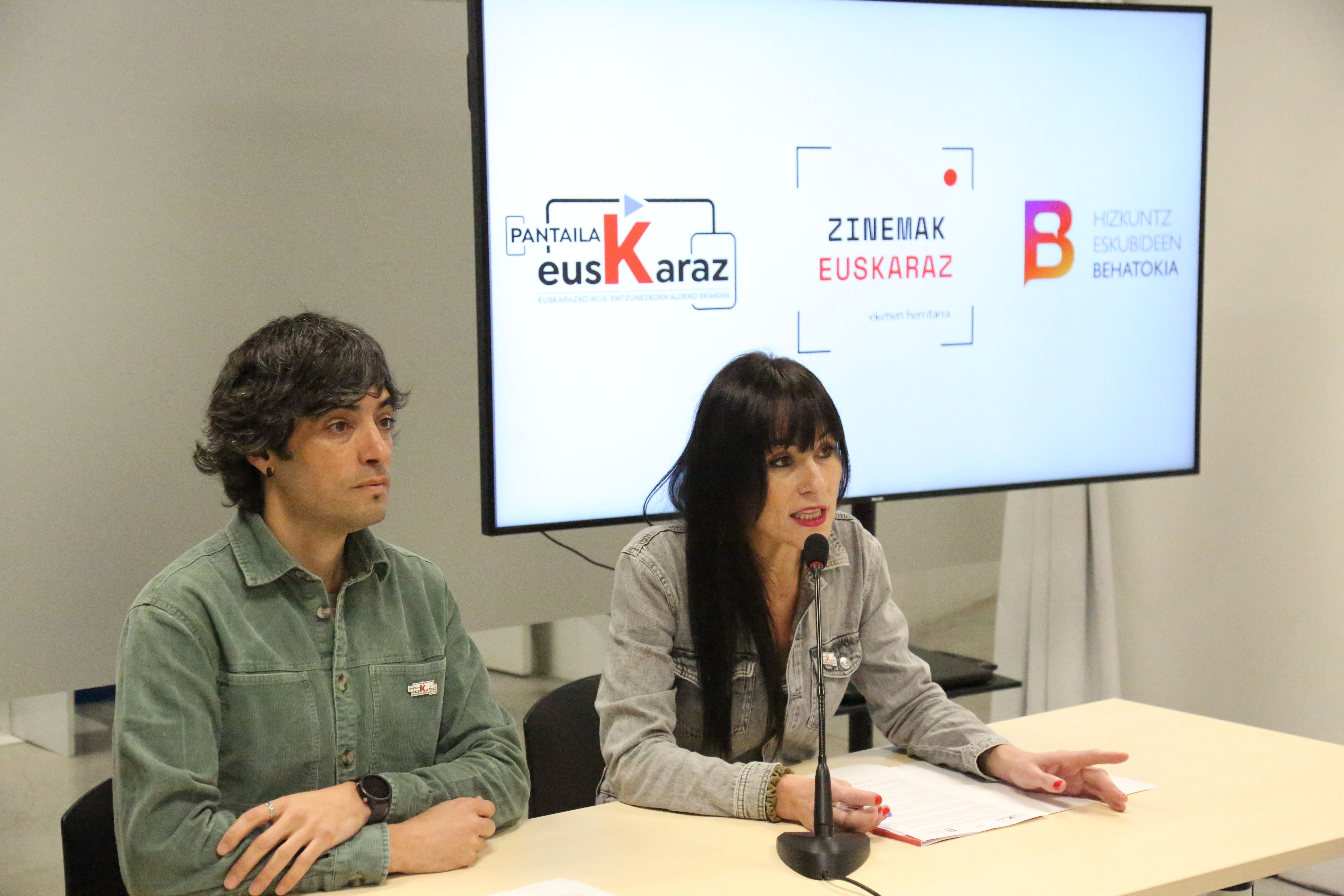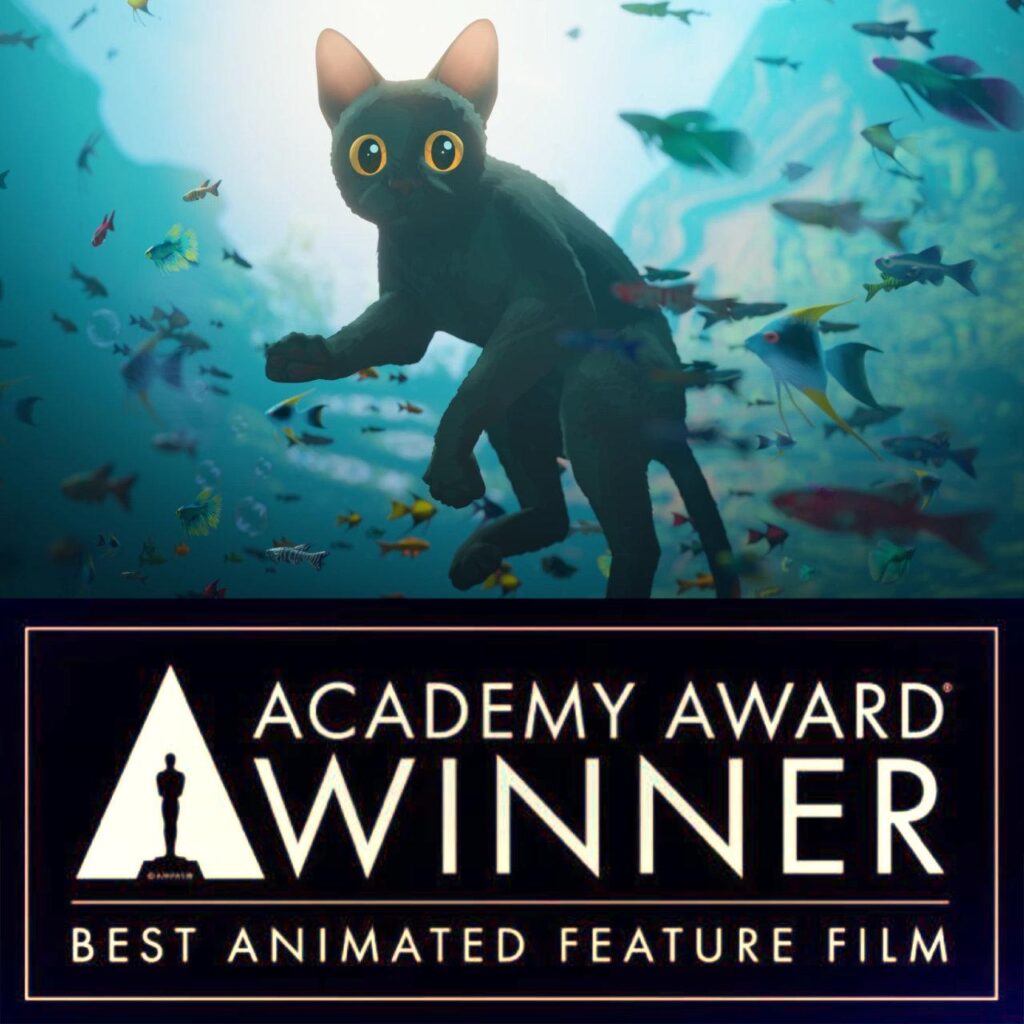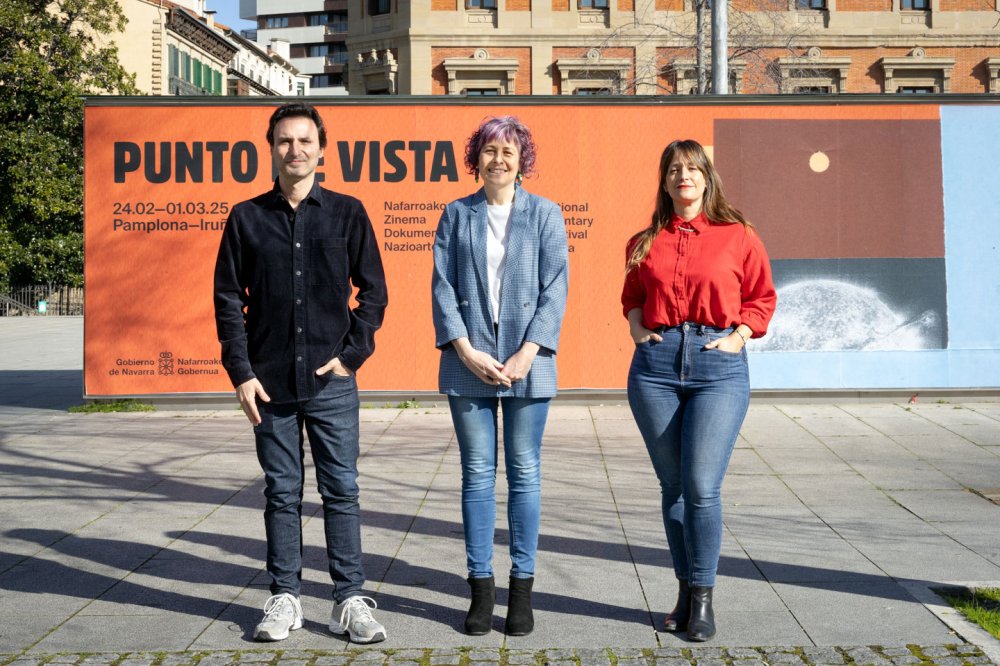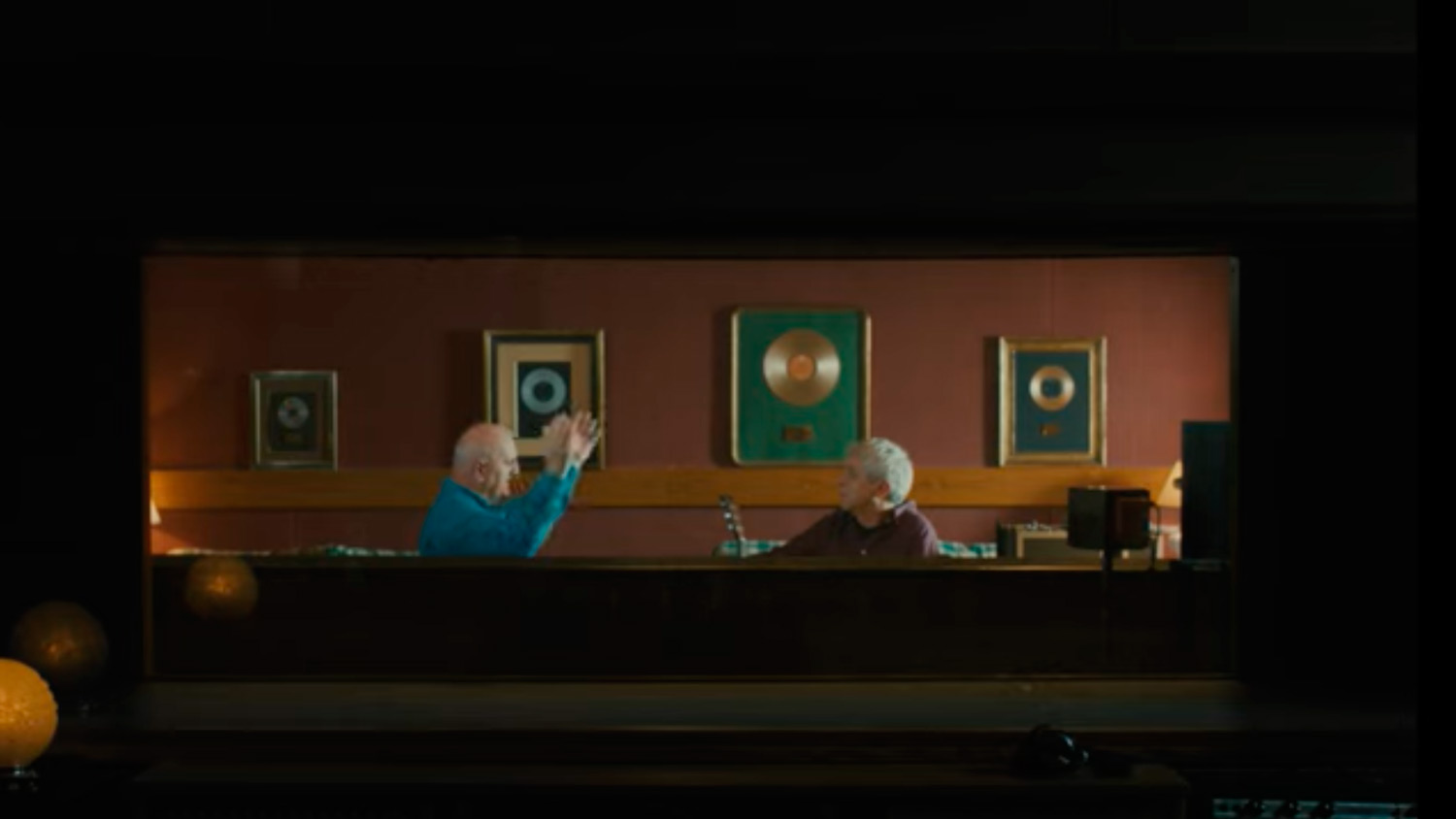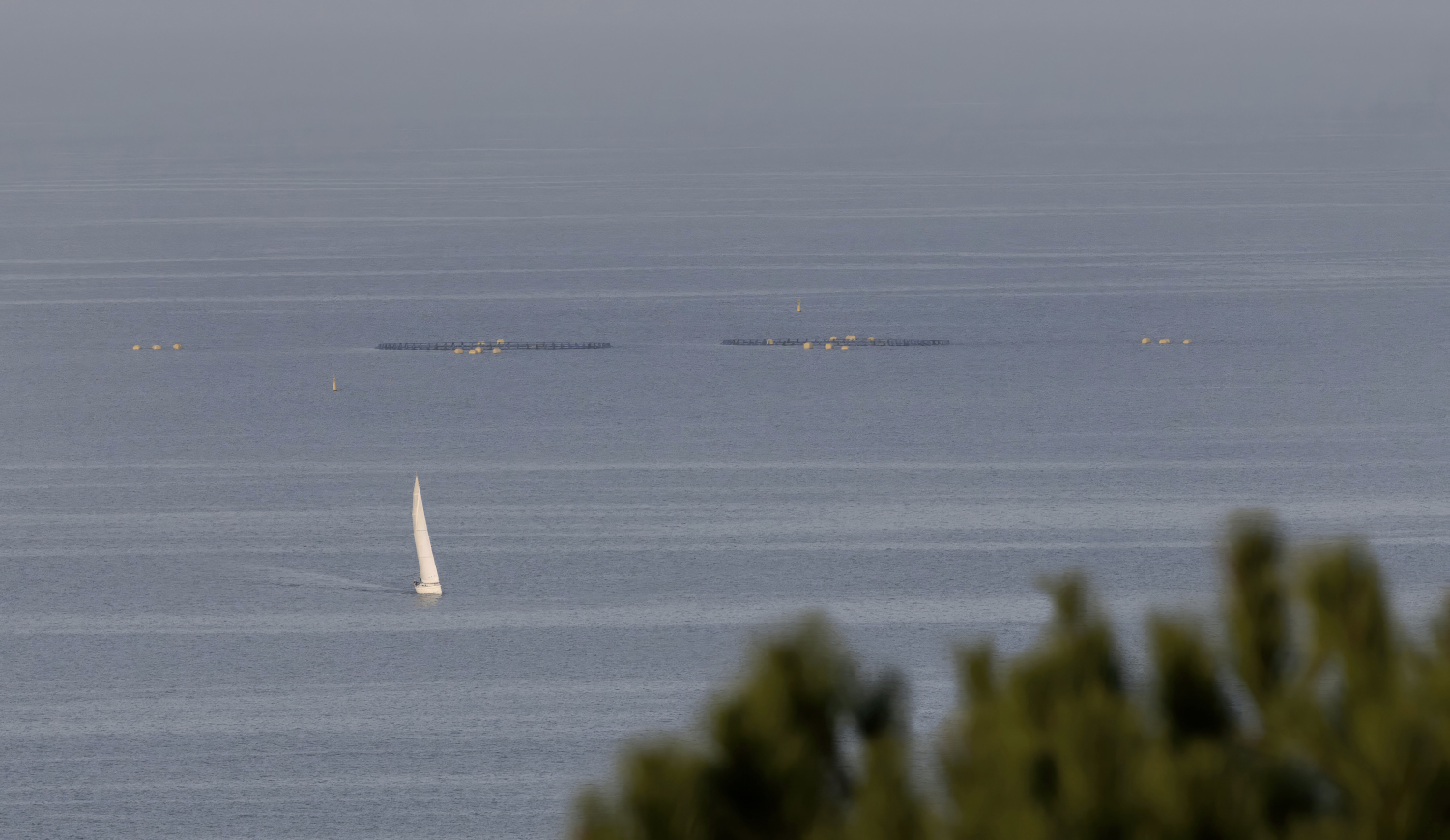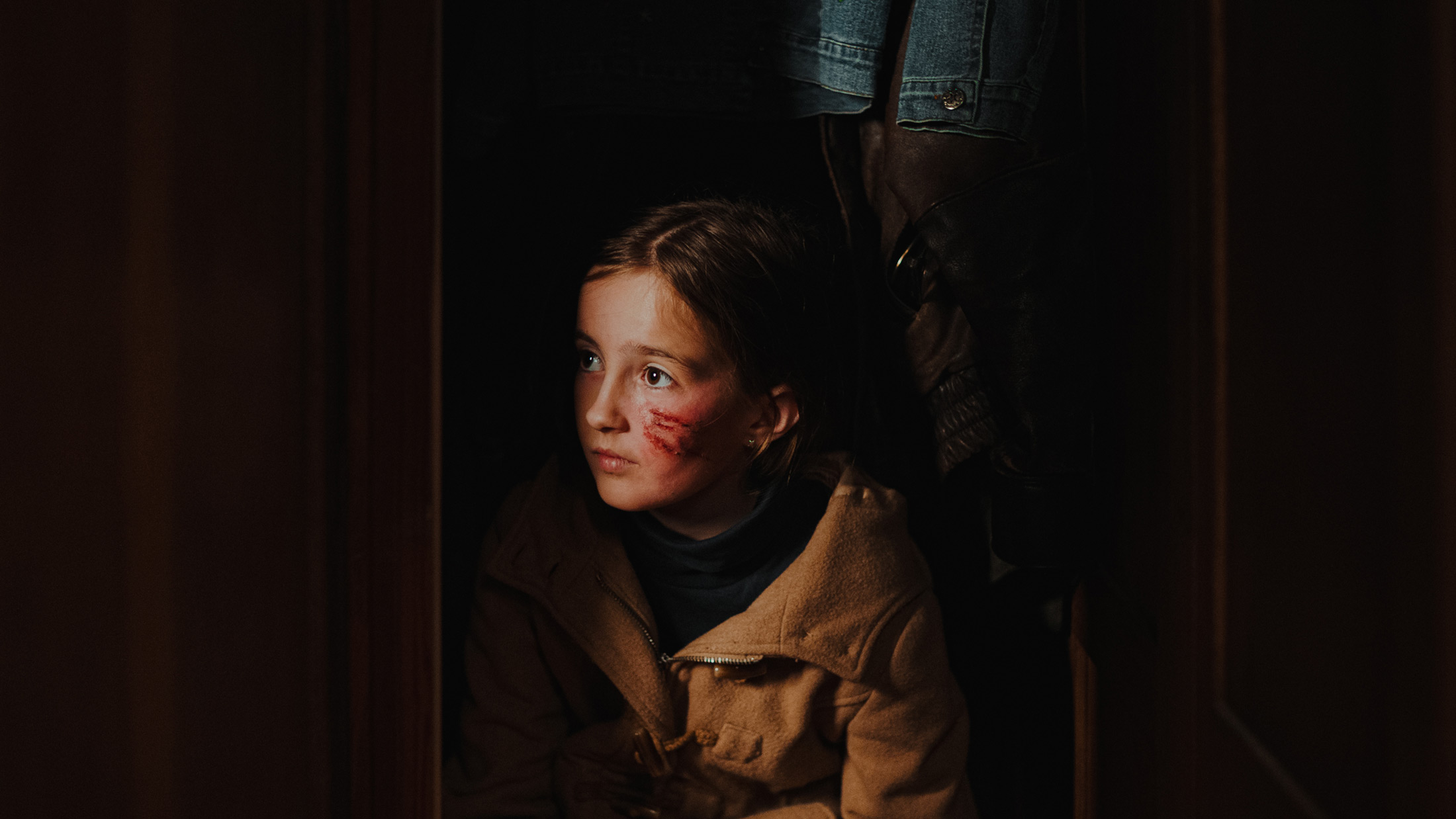The history of film from the beginning... and from feminism
- The initiative was launched last October. Since its inception: the Stories of Feminist Cinema cycle was launched in Tabakalera and women’s contributions to this art are being analysed once a month since the creation of cinema. It's a possible story, among many others. We wanted to talk about this project to Lur Olaizola, coordinator of the film and audiovisual programme in Tabakalera.

From the start: Lur Olaizola has asked us about the starting point of the Feminist Film Stories cycle, and he has responded to us: “In short, we all know that history is a built narrative, and we would like the Tabakalera movie theater to be that, a place where we can reinvent the history of film.” Then he explains why they put that title to him: “We, in this case, have proposed a route; it is not a story, but we wanted to start from the beginning.” And what's that beginning? Olaizola tells us about a name: Alice Guy.
The projections for the next three months are defined and will be carried out in collaboration with the international exhibition Films de Dones de Barcelona
“In official history it is told that [Georges] Méliès made the first fictional film, but it is not. In 1895, Guy was present in one of the early screenings of the Lumière brothers, and when he saw the projection, he realized that the filmmaker had the ability to tell stories. He was the first film director to make a fictional movie in history.” This film was called La Fée aux Choux and Guy made three versions, the first in 1896.
Thus, the first quote of the cycle was for pioneering film directors, and the short films of three other female filmmakers who shared with Guyena, taking advantage of the connection between all the works: La souriante Madame Beudet de Germaine Dulac (1923) y Étude cinématographique sur une arabesque (1929), At Land de Maya Deren (1946) y Glimpse of the garden de Marie Menken (1962). After the pioneers, they have brought works from so many other contemporary film directors, such as Daisies (1966), from Vcritics of Chytilová. Olaizola stressed that, as often happens, many of the women who are programmed in the cycle were not considered feminists or, in other words, their films were not made from that point of view. “We, on the other hand, have proposed: let’s make this journey, and this is a journey of feminist film.”
%20(1).png)
How to choose movies for the section
But what does those feminist tasks do? Let's go back. Before the cycle began, they created another project in Tabakalera: an open programming group. Olaizola: “There are people who come to the movies over and over again, but we often struggle to overcome that barrier between programmers and viewers, even in conversations. One day we wondered what would happen if we invited people to a working group and if they started discussing what film they wanted to see. We wanted to have that space and that time to propose it.”
And that's where they put the theme on the table. What does a feminist film do? “One thing is to put a film directed by a woman,” says Olaizola, “but another thing is whether the same film can be read as a feminist or not, that is, a woman can run a film, but that film can follow the scheme or the most classical or conventional language. We were more interested in the burden of breaking our own languages, and hence our proposal. They are not films directed by women.” Not only that. It is the films themselves that break the forms that the viewer expects beforehand. “There’s a chance to really change things when you suddenly feel uncomfortable as a viewer.”
View of the Flat Male
We have asked Olaizola to set an example and it brought up the December session. It was then that Laura Mulvey and Peter Wollen saw Riddles of the Sphinx (1977) and was a special program. In the cycle, before watching the film, the play is presented by a speaker, and to introduce Mulvey and Wollen, six members of the programming team appeared, not just one person. According to Olaizola, it was not a unidirectional discourse: “It was a conversation between us, telling the spectators the referents, the questions, the doubts and the debates we had after seeing the film. We made it public so that the public could see and share our doubts.” Olaizola II believes that the cycle is special for things as small as those that have to do with music.
Lur Olaizola: “We’d like the Tabakalera film to be a place where we can reinvent the history of film over and over again.”
But let's go back to the topic, which is worth giving Mulvey some time. In 1973 he published an article entitled “Visual Pleasure and Narrative Cinema”, which gained great prestige. Olaizola summarizes the core of her point of view: “Mulvey started researching film because he was a great filmmaker, a more classic Hollywood enthusiast, and at one point he realized how women were represented in that film. After all, he discovered that these films were built for male gaze.” So what did he do? Well, I cut it off and I put it in doubt. “That’s why we were interested in Riddles of the Sphinx, because it is the film itself that makes a cinematographic proposal, breaking the usual language of cinema.”
After several 360-degree circular planes, Mulvey and Wollene broke the usual language. “Many times you don’t see the minds of the characters, it’s a very rare rhythm, because nothing happens, and at the same time it’s a very horizontal look, because you don’t have a direct thing, but a camera that teaches you a little bit by little space and you yourself have to build what’s going on there. It’s not a cryptic thing, it’s not a dark thing, but as a spectator it puts you in a different way,” Olaizola explains.
Starting in February, several quotes
We have explained to you more or less what the cycle consists of From the beginning: stories of feminist film. It is now up to us to talk about the quotations they will make from now on. First, on 11 February, at 4 p.m., the members of the open programming group will meet in the creative space of Tabakalera. Olaizola has encouraged people: “If you want to, come, because that is the intention: to get together, talk, think, have someone propose one thing, among others… There is not only an answer. We want to share the desire, time and space to talk about these issues.”
According to the coordinator, fixed and concrete things help these kinds of open groups go ahead, as people generally feel very keen, but little time. In this sense, organizing the cycle has been a positive contribution: “If we watch a film together once a month and hear what Selina Robertson tells us [Robertson is one of the speakers who invited the cycle], it will be a joy, and it’s done. It’s a small thing, but very big at the same time.”

The projections for the next three months, organized in collaboration with members of the international exhibition Films de Dones de Barcelona, have already been defined. A festival that has travelled a long way, and that has maintained its collaboration with the festival this year. The films presented in Catalonia in a single weekend will be seen in three months, so three works will be projected in February: I am a House. La carcajada de la Medusa (Marta Nieto y Marga Almirall, 2018), Older Women and Love (Camille Billops y James Hatch, 1987) and History of the World According to a Lesbian (Barbara Hammer, 1988). For the months of March and April, the breakdown shall be as follows: The Gold Diggers (Sally Potter, 1983) and De stilte rond Christine M. (Marleen Gorris, 1982).
The cycle will include other collaborations. Olaizola told us that the film school in Tabakalera was launched last year and that a research team from it has collaborated with the programming team. “The members of a film school research team are researching feminist distributor Cinenova and, in that sense, they have decided to focus on filmmaker Sandra Lahire. So, surely, we will do a session related to that director, perhaps in May or June.”
Because stories are narratives, why not tell ours? So let us not forget that since the creation of cinema, women have worked the magic of lights and shadows.
Pantailak Euskarazek eta Hizkuntz Eskubideen Behatokiak aurkeztu dituzte datu "kezkagarriak". Euskaraz eskaini diren estreinaldi kopurua ez dela %1,6ra iritsi ondorioztatu dute. Erakunde publikoei eskatu diete "herritar guztien hizkuntza eskubideak" zinemetan ere... [+]
Geroz eta ekoizpen gehiagok baliatzen dituzte teknologia berriak, izan plano orokor eta jendetsuak figurante bidez egitea aurrezteko, izan efektu bereziak are azkarrago egiteko. Azken urtean, dena den, Euskal Herriko zine-aretoak gehien bete dituztenetako bi pelikulek adimen... [+]
Otsailaren 24tik eta martxoaren 1era bitartean, astebetez 60 lan proiektatuko dituzte Punto de Vista zinema dokumentalaren jaialdian. Hamar film luze eta zazpi labur lehiatuko dira Sail Ofizialean; tartean mundu mailako lau estreinaldi eta Maddi Barber eta Marina Lameiro... [+]
A conference for architects has just been held in Madrid to discuss the crisis of the professional architect. They have distinguished the traditional and contemporary way of being an architect. What is traditional? From the epic architect who appears in The Brutalist, where... [+]
Itoiz, udako sesioak filma estreinatu dute zinema aretoetan. Juan Carlos Perez taldekidearen hitz eta doinuak biltzen ditu Larraitz Zuazo, Zuri Goikoetxea eta Ainhoa Andrakaren filmak. Haiekin mintzatu gara Metropoli Foralean.











